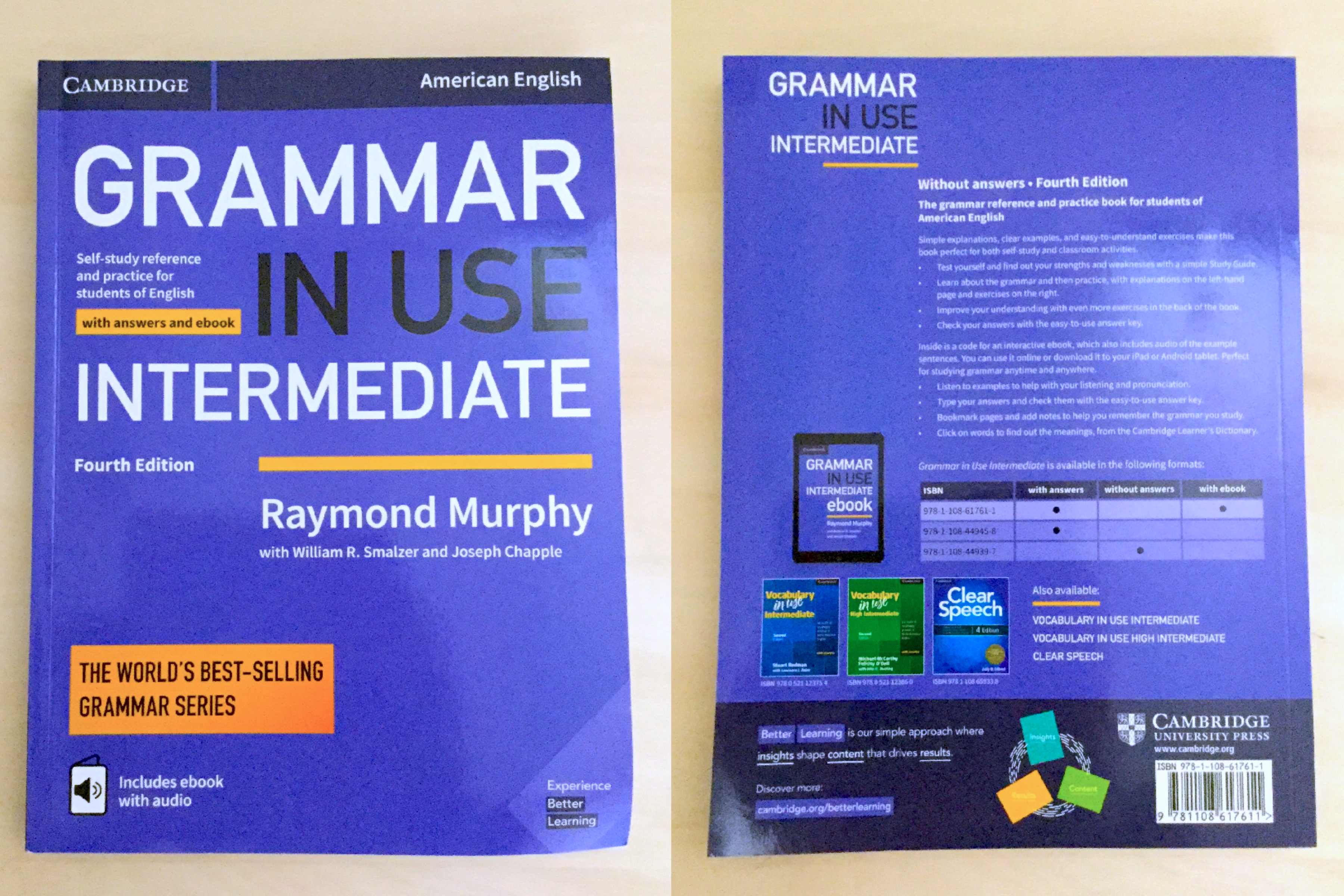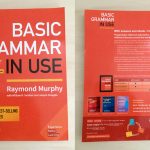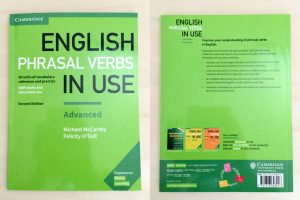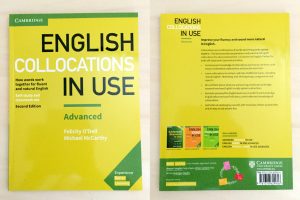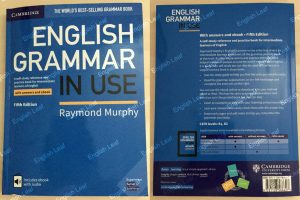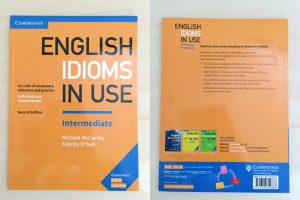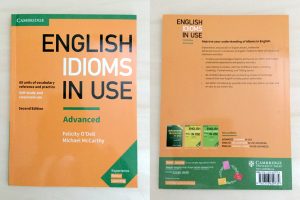文法書のバイブル! English Grammar in Useシリーズの種類と選び方も確認する。
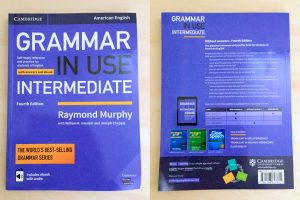
Contents
Acknowledgements
To the Student
To the Teacher
Interactive ebook
Present and Past
1 Present Continuous (I am doing)
2 Simple Present (I do)
3 Present Continuous and Simple Present 1 (I am doing and I do)
4 Present Continuous and Simple Present 2 (I am doing and I do)
5 Simple Past (I did)
6 Past Continuous (I was doing)
Present Perfect and Past
7 Present Perfect (I have done)
8 Present Perfect and Past 1 (I have done and I did)
9 Present Perfect Continuous (I have been doing)
10 Present Perfect Continuous and Simple (I have been doing and I have done)
11 How long have you (been)…?
12 for and since When …? and How long … ?
13 Present Perfect and Past 2 (I have done and I did)
14 Past Perfect (I had done)
15 Past Perfect Continuous (I had been doing)
16 have and have got
17 used to (do)
Future
18 Present Tenses (I am doing / I do) with a Future Meaning
19 I’m going to (do)
20 will 1
21 will 2
22 I will and I’m going to
23 will be doing and will have done
24 when I do and when I’ve done if and when
Modals
25 can, could, and (be) able to
26 could (do) and could have (done)
27 must and can’t
28 may and might 1
29 may and might 2
30 have to and must
31 should
32 Subjunctive (I suggest you do)
33 I’d better … It’s time …
34 would
35 Can/Could/Would you … ?, etc. (Requests, Offers, Permission, and Invitations)
if and wish
36 if I do … and if I did …
37 if I knew … I wish I knew …
38 if I had known … I wish I had known …
39 wish
Passive
40 Passive 1 (is done / was done)
41 Passive 2 (be done / been done / being done)
42 Passive 3
43 It is said that … He is said to … He is supposed to …
44 have/get something done
Reported Speech
45 Reported Speech 1 (He said that …)
46 Reported Speech 2
Questions and Auxiliary Verbs
47 Questions 1
48 Questions 2 (Do you know where … ? / He asked me where …)
49 Auxiliary Verbs (have/do/can, etc.) I think so / I hope so, etc.
50 Tag Questions (do you? / isn’t it?, etc.)
-ing and to…
51 Verb + -ing (enjoy doing / stop doing etc.)
52 Verb + to… (decide to … / forget to …, etc.)
53 Verb (+ Object) + to … (I want you to …)
54 Verb + -ing or to … 1 (remember, regret, etc.)
55 Verb + -ing or to … 2 (try, need, help)
56 Verb + -ing or to … 3 (like / would like, etc.)
57 prefer and would rather
58 Preposition (in/for/about, etc.) + -ing
59 be/get used to … (I’m used to …)
60 Verb + Preposition + -ing (succeed in -ing / insist on inyec)
61 there’s no point in -ing, it’s worth -ing, etc.
62 to …, for …, and so that …
63 Adjective + to …
64 to … (afraid to do) and Preposition + -ing (afraid of -ing)
65 see somebody do and see somebody doing
66 -ing Phrases (He hurt his knee playing football.)
Articles and Nouns
67 Count and Noncount Nouns 1
68 Count and Noncount Nouns 2
69 Count Nouns with a/an and some
70 a/an and the
71 the 1
72 the 2 (school/ the school, etc.)
73 the 3 (children / the children, etc.)
74 the 4 (the giraffe / the telephone / the old, etc.)
75 Names with and without the 1
76 Names with and without the 2
77 Singular and Plural
78 Noun + Noun (a bus driver / a headache)
79 -‘s (your sister’s name) and of … (the name of the book)
Pronouns and Determiners
80 myself/yourself/themselves, etc.
81 a friend of mine my own house on my own / by myself
82 there … and it …
83 some and any
84 no/none/any nothing/nobody, etc.
85 much, many, little, few, a lot, plenty
86 all / all of most / most of no / none of, etc.
87 both / both of neither / neither of either / either of
88 all every whole
89 each and every
Relative Clauses
90 Relative Clauses 1: Clauses with who/that/which
91 Relative Clauses 2:Clauses with and without who/that/which
92 Relative Clauses 3: whose/whom/where
93 Relative Clauses 4: Extra Information Clauses (1)
94 Relative Clauses 5: Extra Information Clauses (2)
95 -ing and -ed Phrases (the woman talking to Tom, the boy injured in the accident)
Adjectives and Adverbs
96 Adjectives Ending in -ing and -ed (boring/bored, etc.)
97 Adjectives: a nice new house, you look tired
98 Adjectives and Adverbs 1 (quick/quickly)
99 Adjectives and Adverbs 2 (well, fast, late, hard/hardly)
100 so and such
101 enough and too
102 Comparative 1 (cheaper, more expensive, etc.)
103 Comparative 2 (much better / any better, etc.)
104 Comparative 3 (as … as / than)
105 Superlative (the longest / the most enjoyable, etc.)
106 Word Order 1: Verb + Object; Place and Time
107 Word Order 2: Adverbs with the Verb
108 still anymore yet already
109 even
Conjunctions and Prepositions
110 although though even though in spite of despite
111 in case
112 unless as long as provided
113 as (as I walked … / as I was…, etc.)
114 like and as
115 like as if
116 during for while
117 by and until by the time …
Prepositions
118 at/on/in (Time)
119 on time and in time at the end and in the end
120 in/at/on (Position) 1
121 in/at/on (Position) 2
122 in/at/on (Position) 3
123 to, at, in, and into
124 in/at/on (Other Uses)
125 by
126 Noun + Preposition (reason for, cause of, etc.)
127 Adjective + Preposition 1
128 Adjective + Preposition 2
129 Verb + Preposition 1 to and at
130 Verb + Preposition 2 about/for/of/after
131 Verb + Preposition 3 about and of
132 Verb + Preposition 4 of/for/from/on
133 Verb + Preposition 5 in/into/with/to/on
Phrasal Verbs
134 Phrasal Verbs 1 Introduction
135 Phrasal Verbs 2 in/out
136 Phrasal Verbs 3 out
137 Phrasal Verbs 4 on/off (1)
138 Phrasal Verbs 5 on/off (2)
139 Phrasal Verbs 6 up/down
140 Phrasal Verbs 7 up (1)
141 Phrasal Verbs 8 up (2)
142 Phrasal Verbs 9 away/back
Appendix 1 Regular and Irregular Verbs
Appendix 2 Present and Past Tenses
Appendix 3 The Future
Appendix 4 Modal Verbs (can/could/will/would, etc.)
Appendix 5 Short Forms (I’m/you’ve/didn’t, etc.)
Appendix 6 Spelling
Appendix 7 British English
Additional Exercises
Study Guide
Answer Key to Exercises
Answer Key to Additional Exercises
Answer Key to Study Guide
Index
Acknowledgements
Editor
Rebecca Winthrop
Design
Q2A Media Services Pvt. Ltd.
Digital Development
Datamatics Led
Audio Production
The Soundhouse Studios Ltd.
To the Student
This book is for students who want help with English grammar. It is written for you to use without teacher.
The book will be useful for you if you are not sure of the answers to questions like these:
What is the difference between I did and I have done?
When do we use will for the future?
What is the structure after I wish?
When do we say used to do and when do we say used to doing?
When do we use the?
What is the difference between like and as?
These and many other points of English grammar are explained in the book, and there are exercises on each point.
Level
The book is intended mainly for intermediate students (students who have already studied the basic grammar of English). It concentrates on those structures that intermediate students want to use, but that often cause difficulty. Some advanced students who have problems with grammar will also find the book useful.
The book is not suitable for beginning learners.
How the Book Is Organized
There are 142 units in the book. Each unit concentrates on a particular point of grammar. Some problems (for example, the present perfect or the use of the) are covered in more than one unit. For a list of units, see the Contents at the beginning of the book.
Each unit consists of two facing pages. On the left there are explanations and examples; on the right there are exercises. At the back of the book there is an Answer Key for you to check your answers to the exercises (page 331).
There are also seven Appendixes at the back of the book (pages 286-295). These include irregular verbs, summaries of verb forms, spelling, and British English. Finally, there is a detailed Index at the back of the book (pages 368-374)
How to Use the Book
The units are not in order of difficulty, so it is not intended that you through the book from beginning to end. Every learner has different problems, and you should use this book to help you with the grammar that you find difficult.
It is suggested that you work in this way:
Use the Contents and/or Index to find which unit deals with the point you are interested in.
If you are not sure which units you need to study, use the Study Guide on page 321.
Study the explanations and examples on the left-hand page of the unit you have chosen.
Do the exercises on the right-hand page.
Check your answers with the Answer Key.
If your answers are not correct, study the left-hand page again to see what went wrong.
You can, of course, use the book simply as a reference book without doing the exercises.
Additional Exercises
At the back of the book there are Additional Exercises (pages 296–320). These exercises bring together some of the grammar points from a number of different units. For example, Exercise 16 brings together grammar points from Units 25-35. You can use these exercises for extra practice after you have studied and practiced the grammar in the units concerned.
To the Teacher
Grammar in Use Intermediate was written as a self-study grammar book, but teachers may also find it useful as additional course material in cases where further work on grammar is necessary.
The book will probably be most useful at middle- and upper-intermediate levels (where all or nearly all of the material will be relevant) and can serve both as a basis for review and as a means for practicing new structures. It will also be useful for some more advanced students who have problems with grammar and need a book for reference and practice. The book is not intended to be used by beginning learners.
The units are organized in grammatical categories (Present and Past, Articles and Nouns, Prepositions. etc.). They are not ordered according to level of difficulty, so the book should not be worked through from beginning to end. It should be used selectively and flexibly in accordance with the grammar syllabus being used and the difficulties students are having.
The book can be used for immediate consolidation or for later review or remedial work. It might be used by the whole class or by individual students needing extra help. The left-hand pages (explanations and examples) are written for the student to use individually, but they may of course be used by the teacher as a source of ideas and information on which to base a lesson. The student then has the left-hand page as a record of what has been taught and can refer to it in the future. The exercises can be done individually, in class or as homework. Alternatively (and additionally), individual students can be directed to study certain units of the book by themselves if they have particular difficulties not shared by other students in their class. Don’t forget the Additional Exercises at the back of the book (see To the Student).
The forms presented in Grammar in Use are those that are most used and generally accepted in standard spoken North American English. Some native speakers may regard some of the usages as “incorrect,” for example, the use of who as an object pronoun or the use of they to mean “he or she.” In this book, such usages are treated as standard.
An edition of Grammar in Use Intermediate without the Answer Key is also available. Some teachers may prefer this for use with their students.
The book is sold with or without an ebook. The ebook contains the same explanations and exercises as the book. It can be used on an iPad, Android tablet, PC, or Mac. Using the ebook, students can listen to examples, save their answers, take notes, highlight text, bookmark pages, and a dictionary.
Grammar in Use Intermediate Fourth Edition
This is a new edition of Grammar in Use Intermediate. The differences between this edition and the third edition are:
Much of the material has been revised or reorganized, and in most units there are changes in the examples, explanations, and exercises.
The book has been redesigned with new, updated illustrations.
There is a new ebook with all the contents of the book as well as audio, access to a dictionary,
and more.
Interactive ebook
The book is sold with or without an ebook. The ebook has the same grammar explanations and exercises as the book.
Using your ebook
You can use your ebook on an iPad, Android tablet, PC, or Mac.
Using your ebook, you can:
How to get your ebook
To access your ebook, follow the instructions on the inside front cover of this book.

